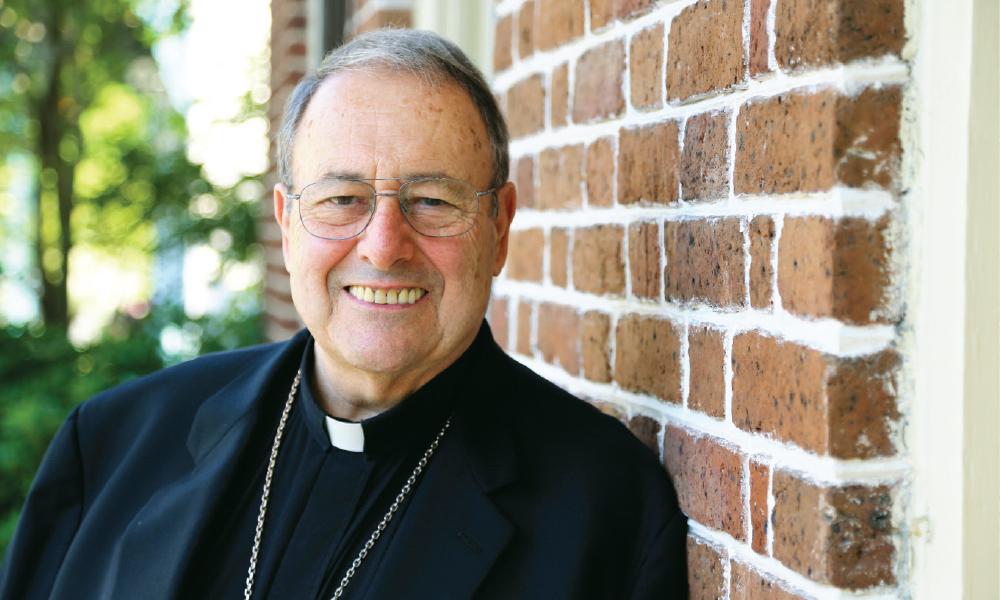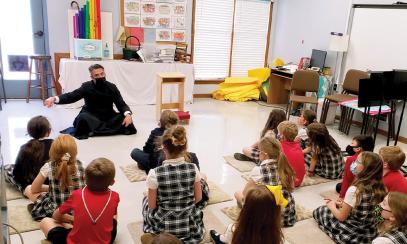
I Read an Article That Bishop Guglielmone Retired but Is Still at the Pope’s Disposal. How Does That Work? How Do They Make New Bishops?
For a little context on how we get new bishops, we can look at our history and see that ministers of the Church were organized by different degrees of authority and purpose from the earliest days of Christianity. Between the Acts of the Apostles, St. Paul’s letters to Timothy and Titus and the documents of the early Church, the formation of a threefold hierarchy emerges: deacons, priests and bishops.
The Twelve Apostles, chosen and blessed by Christ, founded churches and appointed bishops, who then appointed priests and deacons to help them carry out their mission. The process continued down to us in South Carolina when Bishop John England was consecrated as the first bishop of Charleston in 1820 and sent to our shores to shepherd the people here. He then ordained priests to aid him in his ministry (the diaconate came back in the 20th century). As the 13th bishop of Charleston, Bishop Robert E. Guglielmone continues as a successor to the apostles through this unbroken line of the laying on of hands.
Currently, bishops are required by the law of the Church, canon law, to submit their resignation to the pope when they turn 75, but that doesn’t mean the pope has to accept it. This rule was established for many reasons over time, including the physical and mental demands of the job. Bishop Guglielmone celebrated his 75th birthday in December of 2020 and so submitted his resignation. He still retains his full title and duties until a newly appointed bishop takes possession of the diocese in person, or until the pope appoints a priest to administer the diocese while we await the naming of a new bishop.
Throughout the Church’s history, the election of a new bishop has ranged from a consensus by all the faithful of a locale, to a vote from local clergy, to a combination of that plus the approval of civil authority (kings and emperors). Currently, local clergy provide names of the priests they think would make good bishops. Their bishop submits his version of the list to the archbishop of the province. The bishops of the province discuss the men listed and send recommendations to the apostolic nuncio, who is the pope’s ambassador in that country. The nuncio conducts his investigation and sends a list to Rome, where the Congregation for Bishops, composed mostly of cardinals, finalizes a list of three names that is presented to the pope for selection.
At the moment, we surmise that this process is ongoing for the selection of the next bishop of Charleston, which is why many parishes, and Bishop Guglielmone, are already praying for those making the decisions. Come Holy Spirit and guide us to our next shepherd!
Father Rhett Williams is the administrator of St. Thomas More Church and chaplain at the University of South Carolina.


